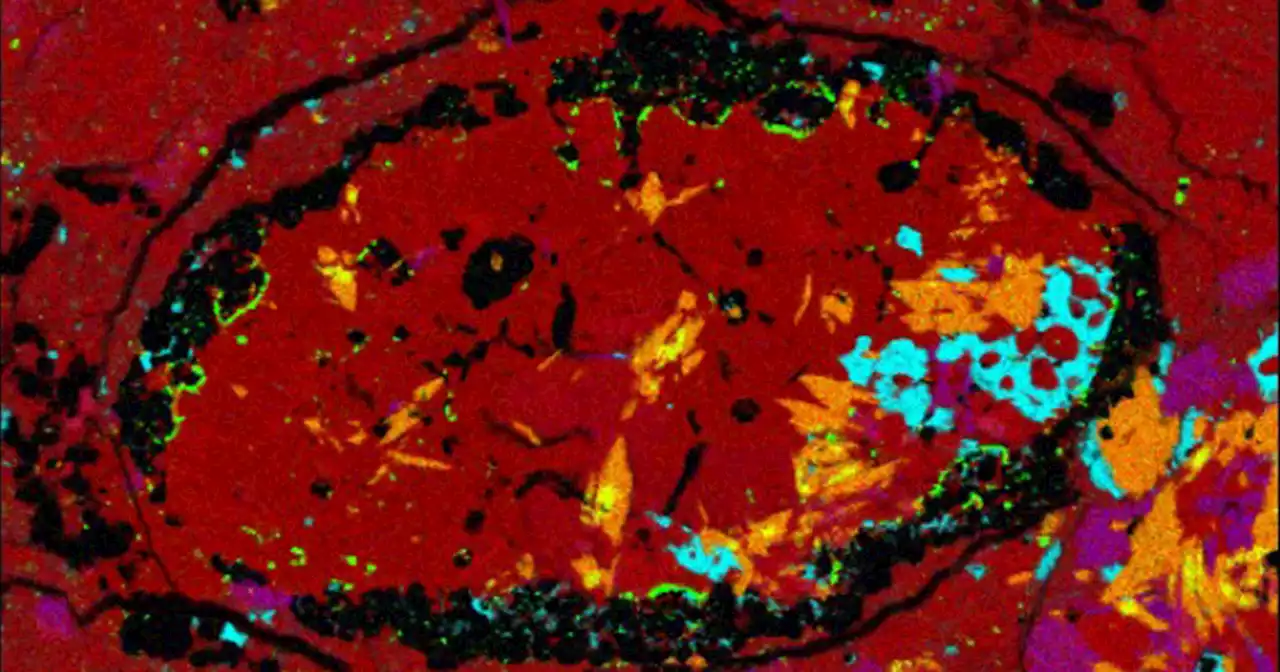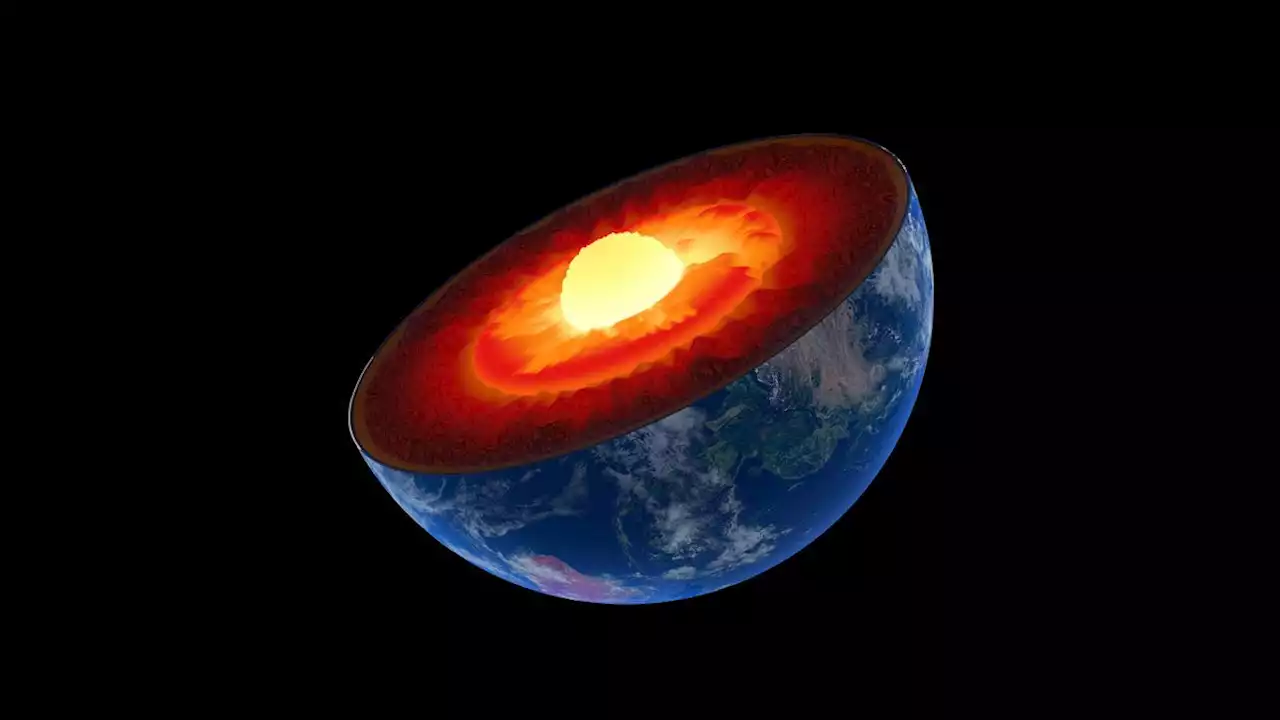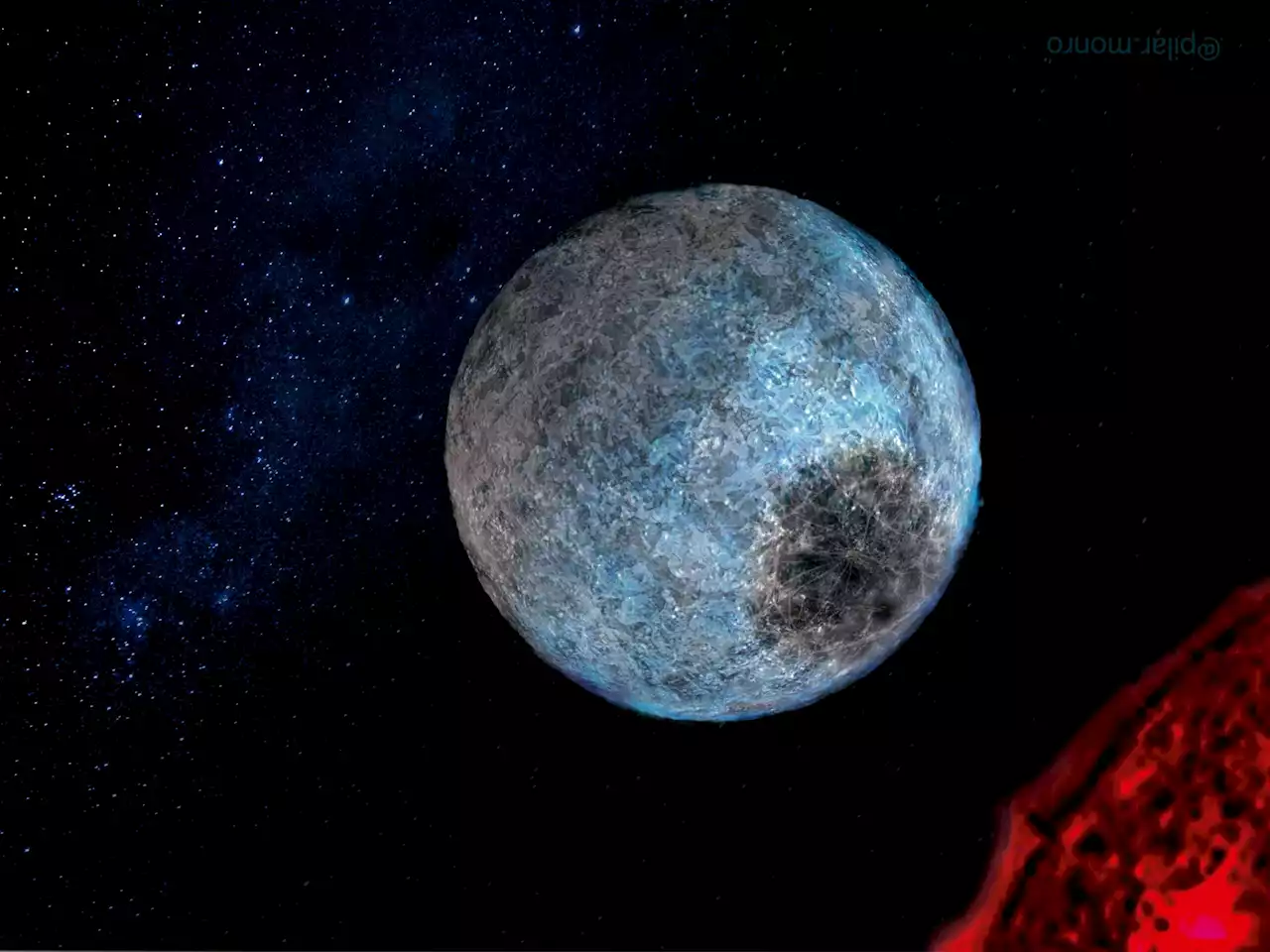Robert Lea is a science journalist in the U.K. whose articles have been published in Physics World, New Scientist, Astronomy Magazine, All About Space, Newsweek and ZME Science. He also writes about science communication for Elsevier and the European Journal of Physics. Rob holds a bachelor of science degree in physics and astronomy from the U.K.’s Open University. Follow him on Twitter @sciencef1rst.
. The new research predicts that the hexagonal shape of lonsdaleite makes it harder than regular diamonds with a cubic structure, which might pen new manufacturing techniques to make ultra-hard materials.
The researchers studied lonsdaleite in ureilite meteorites, a rare class of space rocks that scientists think may contain material from the mantle of. The team analyzed slices of these meteorites under the microscope to identify the lonsdaleite and predict its origins, and also studied regularly shaped diamonds found in the rock.
"There's strong evidence that there's a newly discovered formation process for the lonsdaleite and regular diamond, which is like a supercritical chemical vapor deposition process that has taken place in these space rocks, probably in the dwarf planet shortly after a catastrophic collision," McCulloch said."Chemical vapor deposition is one of the ways that people make diamonds in the lab, essentially by growing them in a specialized chamber.
The scientists think that lonsdaleite in the meteorites formed from a supercritical liquid at high temperatures and under increased pressures. This extreme environment allowed the lonsdaleite to retain the shape and texture of graphite. Eventually, as the environment cooled and the pressure reduced lonsdaleite was partially replaced by diamond.
United States Latest News, United States Headlines
Similar News:You can also read news stories similar to this one that we have collected from other news sources.
 The Artists Behind the Obamas' New White House Portraits on Barack's Fashion Sense and Why Michelle Isn't Smiling | Artnet NewsRobert McCurdy and Sharon Sprung spoke with Artnet News about what went into their long awaited, newly unveiled work.
The Artists Behind the Obamas' New White House Portraits on Barack's Fashion Sense and Why Michelle Isn't Smiling | Artnet NewsRobert McCurdy and Sharon Sprung spoke with Artnet News about what went into their long awaited, newly unveiled work.
Read more »
 Saleh Knows Jets Playing at Home on 9/11 Has Special MeaningNew York Jets coach Robert Saleh says the significance of his team playing at home in MetLife Stadium on Sunday is amplified because it’s the 21st anniversary of the Sept. 11 attacks. The Jets will open the NFL regular season against the Baltimore Ravens at home just across the Hudson River from where hijackers crashed two planes into the World Trade Center in 2001. Football will be played Sunday, but all the cheers won’t mean anyone has forgotten. Certainly not Saleh, whose oldest brother, David, narrowly escaped the south tower that day.
Saleh Knows Jets Playing at Home on 9/11 Has Special MeaningNew York Jets coach Robert Saleh says the significance of his team playing at home in MetLife Stadium on Sunday is amplified because it’s the 21st anniversary of the Sept. 11 attacks. The Jets will open the NFL regular season against the Baltimore Ravens at home just across the Hudson River from where hijackers crashed two planes into the World Trade Center in 2001. Football will be played Sunday, but all the cheers won’t mean anyone has forgotten. Certainly not Saleh, whose oldest brother, David, narrowly escaped the south tower that day.
Read more »
 Scientists say there was a huge, mysterious object in the early solar systemA long-gone dwarf planet-sized object likely produced unusual crystals that crashed into Earth.
Scientists say there was a huge, mysterious object in the early solar systemA long-gone dwarf planet-sized object likely produced unusual crystals that crashed into Earth.
Read more »
 Giant blobs in Earth's mantle may be driving a 'diamond factory' near our planet's coreExtreme chemical reactions could explain why Earth's middle layer has so much carbon.
Giant blobs in Earth's mantle may be driving a 'diamond factory' near our planet's coreExtreme chemical reactions could explain why Earth's middle layer has so much carbon.
Read more »
 A new class of super-watery planets may exist beyond the solar systemRed dwarf stars may be home to these planets, which should have densities unlike any world we're familiar with.
A new class of super-watery planets may exist beyond the solar systemRed dwarf stars may be home to these planets, which should have densities unlike any world we're familiar with.
Read more »
